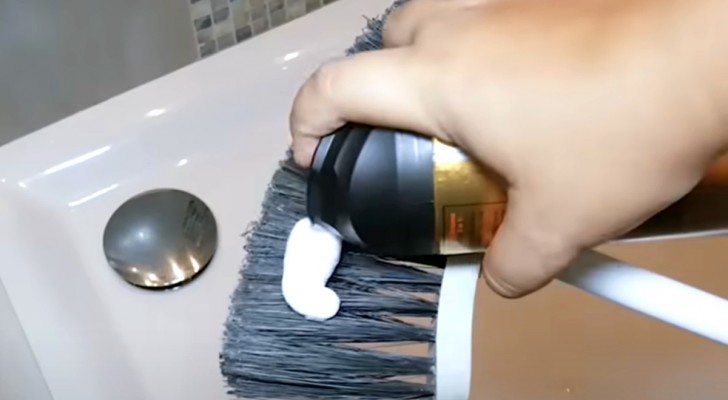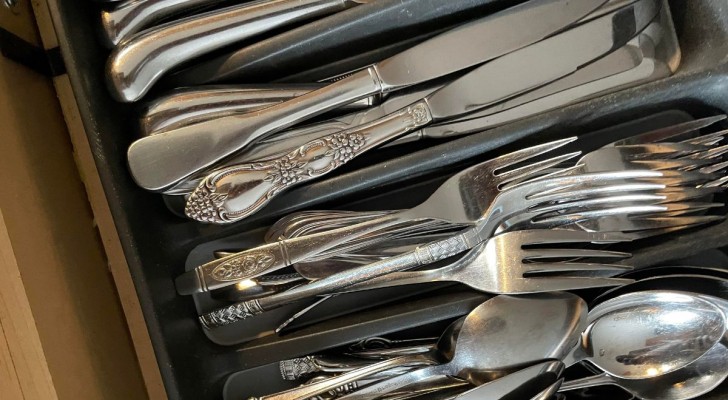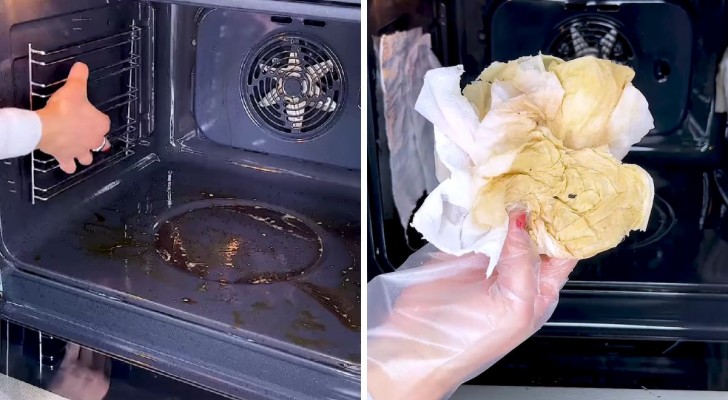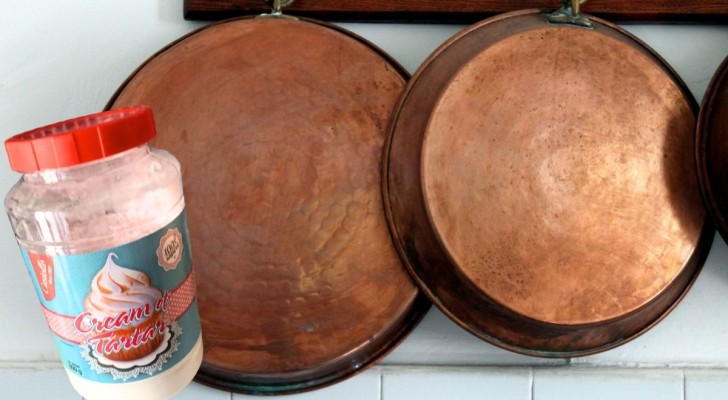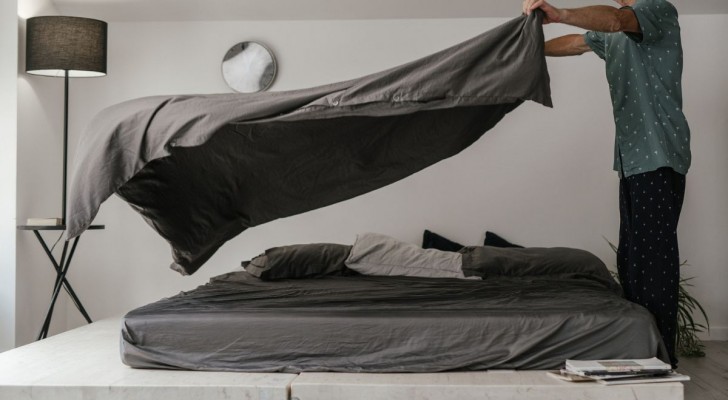Super-handy bicarbonate of soda (bicarb): discover 14 ways to use it while doing your household chores
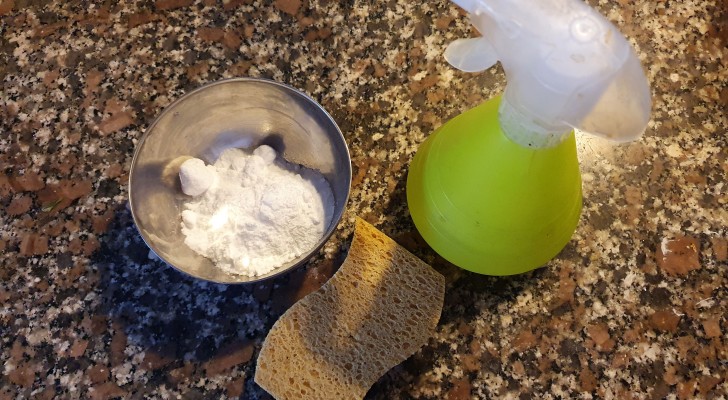
It is certainly no mystery that bicarbonate of soda (bicarb) is one of the best allies when doing daily cleaning chores: we all know that it can be used to clean surfaces and objects around the house or in the garden. So, it is sage advice to ensure that we always have some bicarb to hand.
Bicarb sanitizes, cleans thoroughly and degreases thanks to its granular consistency and chemical makeup. And bicarb is extremely cheap. Below, we remind you of some of the uses of baking soda at home:
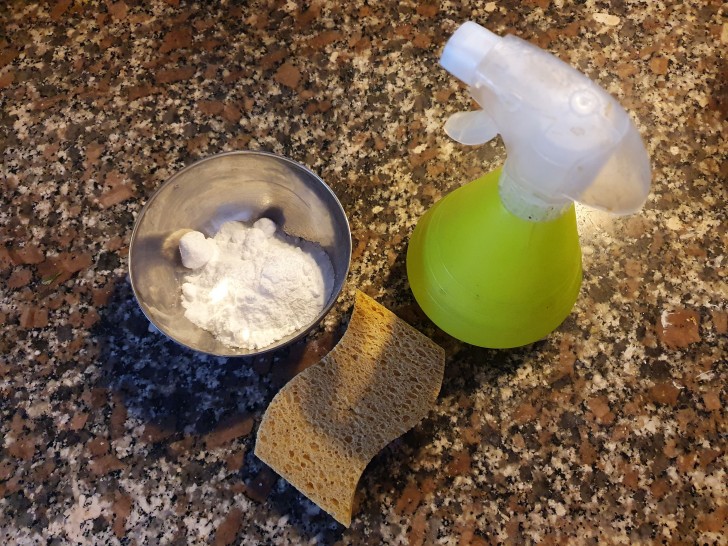
Creativo
Increase the cleaning power of sponges:
Given its consistency, whenever there is a need to rub away stubborn dirt, encrustations and grease, instead of using only a damp sponge or cloth, pour a little bicarbonate on it, which being slightly abrasive works just like a scrub. It's very useful on taps, sinks, glass and bathroom fixtures that are dirtier than usual, but always be careful not to use it on surfaces that risk getting damaged (or in any case do it with caution and not too often).
Unwelcome odors from drains:
When unpleasant odors come out of the sink in the kitchen or in the bathroom, but also from the shower or bathtub,try using bicard and water. First pour very hot (even boiling, if the pipes are metal) water down the drain. Wait a bit and pour in a couple of tablespoons of baking soda, and wait about ten minutes. At this point, go back to pouring a copious amount of very hot water down the drain. Before this last step, if you want, you can also pour in a glass of white vinegar, wait for it to finish reacting with the bicarbonate (less than a minute is enough) and then rinse everything with hot water.
Thoroughly clean the shower:
When you have to clean the shower cubicle, tiles and plate, even just a damp cloth, baking soda and a dab of dish soap may suffice. Pour a tablespoon of baking soda on the cloth, add just two drops of liquid dish soap, then rub the cloth between your hands to create an foam and spread it over the area to be cleaned. Then use a bit of elbow grease!
Pans covered with greasy grime:
In order not to have to wash pots, pans, frying pans and other kitchen tools encrusted with dirt, just fill a large basin (or sink) with enough hot water to immerse them in it. Then add 200 ml of white vinegar that you have brought to a boil . Sprinkle the pans with baking soda. Now put the pans in the water and vinegar and let them sit until the water has cooled down. Wipe off and rinse.
Use it with hydrogen peroxide:
When you mix bicarbonate with hydrogen peroxide, you get a very effective cleaning product, especially if you want to clean the joints between the tiles or the cracks where mold was forming. Depending on whether you need a spray product or a cream to adhere to surfaces, you will have to increase or decrease the hydrogen peroxide compared to the bicarbonate amount used. This is also useful for cleaning household appliances, especially those made of stainless steel. In short, effective but not too aggressive - it is a winning combination.
Sparkling clean oven:
After cooking regularly, the oven's insides can become covered with a greasy film and perhaps even charring. To clean thsi, prepare a paste of bicarbonate and water, spread it on the grime and then spray white vinegar onto the paste. When it has finished reacting, you can scrub and remove all the dirt much easier.
Regular cleaning of stainless steel sinks:
Cut a lemon in half and sprinkle the surface with bicarbonate, then use the lemon like a sponge, especially in the areas where limescale has formed!
Wooden cutting boards:
You can do the same thing as above to clean wooden cutting boards, directly after using them.
Painted surfaces:
If you have to clean some surface covered in paint, sprinkle a little bicarbonate on a damp sponge, and rub very gently on the surface where you see the dirt. Then wipe everything off with a clean, dry cloth.
Floors:
A routine cleaning can also be done with a bucket of hot water and 150 grams of baking soda. If you want, you can add 10 drops of an essential oil of your choice (mint, lavender, citrus, eucalyptus or teatree are the most suitable). If you wring out the cloth very well, you can also clean wooden floors (which must never be moistened too much or often).
Deodorizer:
For carpets, mattresses and upholstery, but also wardrobes and even shoes! You just need to sprinkle the surfaces (rugs, mattresses, carpets, sofas and armchairs) with bicarb and let it act before vacuuming it up. In the case of wardrobes, just insert a bag or bowl with bicarb (and if you want, also two or three drops of an essential oil of your choice). For shoes, put a bag of bicarb into them or sprinkle the inside with a thin layer of product, and then the next morning, remove it.
How do you use bicarb in your home?
